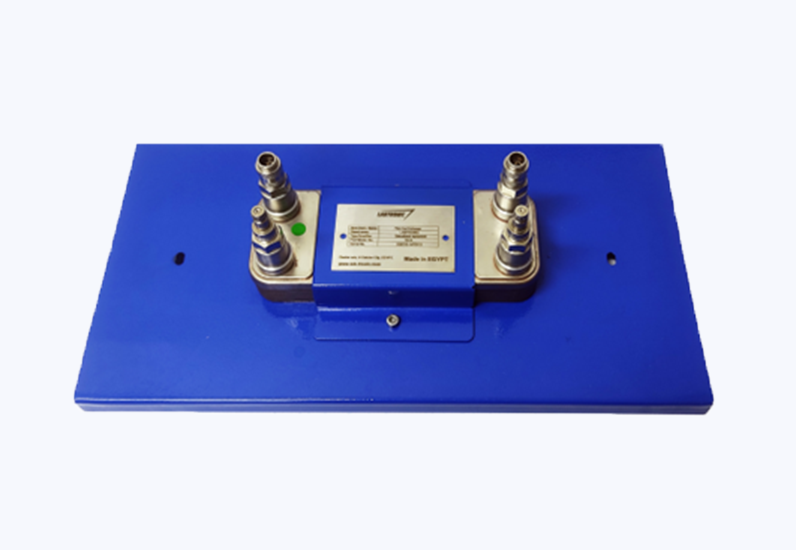

The Labtronic Plate Heat Exchanger (LT-HT109) is an efficient and compact heat exchanger designed to facilitate the transfer of heat between two fluids using a series of metal plates. This design increases the surface area available for heat exchange, making it more effective than traditional tubular heat exchangers in many applications.
When used in conjunction with the Heat Exchanger Supply Unit (LT-HT107), hot water flows through one set of channels in the plate heat exchanger, while cold water flows through a separate set of channels. The flow rates of both fluids can be precisely controlled using the flow control valves provided with the supply unit. Quick release fittings ensure that the setup and operation of experiments are straightforward and user-friendly.
The unit is equipped with temperature sensors and flow sensors to accurately measure the inlet and outlet temperatures, as well as the flow rates of the fluids, providing essential data for analysis and study.